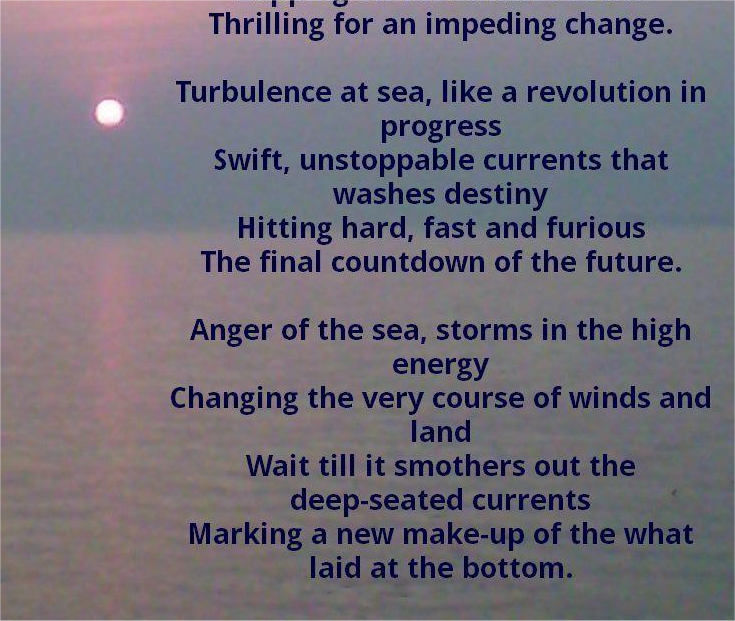Scenic view of islands inspired by the “Ame saiser archipelago poem.”
The “ame saiser archipelago poem” serves as a remarkable literary exploration, weaving together nature’s beauty, human emotion, and the infinite mysteries of the sea. This poetic work captivates readers with its vivid imagery and profound themes, transporting them into a world of tranquil islands and restless waves. In this article, we will dissect the poem’s themes, historical significance, and its impact on the literary landscape.
The Heart of the Ame Saiser Archipelago Poem
The “ame saiser archipelago poem” celebrates the harmony between humans and nature, focusing on an archipelago surrounded by serene waters. Its lines blend metaphors with realism, creating a symphony of visual and emotional resonance.
Key Features of the Poem
- Imagery: Vivid descriptions of the islands and sea.
- Themes: reflection, isolation, and unity.
- Structure: flowing verses that mirror ocean waves.
Understanding the Setting: The Archipelago as a Metaphor
The archipelago in the “ame saiser archipelago poem” serves as more than just a geographic location—it’s a metaphor for life’s interconnectedness and solitude.
- Islands as Individuality: Each island represents a unique experience or person.
- Seas as Connection: The waters signify relationships and shared humanity.
This duality highlights the delicate balance between individuality and community, making the poem universally relatable.
Themes Explored in the Poem
Solitude and Connection
The poem captures the paradox of feeling isolated yet connected through shared experiences, much like islands linked by the sea.
Nature’s Power
Nature’s overwhelming presence is evident in the imagery of waves, winds, and stars, showcasing its indifference and beauty.
Reflection and Introspection
The archipelago becomes a mirror for the poet’s soul, encouraging readers to reflect on their own lives and relationships.
Cultural and Historical Significance
The “ame saiser archipelago poem” has roots in a time when poetry was a means of documenting not only personal experiences but also collective cultural emotions.
- Historical Context: Written during an era when maritime exploration was both literal and metaphorical.
- Cultural Influence: Inspired by the geographical beauty of unnamed archipelagos, blending Eastern and Western poetic traditions.
Imagery in the Poem
Visual Elements
- Golden sunsets over tranquil waters.
- Waves crashing against rocky shores.
- Stars mirrored on calm seas.
Auditory Imagery
- The whisper of winds.
- The rhythmic lapping of waves.
This sensory richness immerses readers, bringing the archipelago vividly to life.
Why the Poem Resonates with Readers
The “ame saiser archipelago poem” strikes a chord by blending personal introspection with universal themes, making it timeless.
Elements That Stand Out:
- Relatability: themes of isolation and connection.
- Aesthetic Appeal: Beautifully crafted verses.
- Emotional Depth: Encourages reflection.
The Poet’s Perspective
Although much about the poet remains mysterious, their work suggests a deep connection to both nature and humanity. Speculations about the poet’s identity add intrigue to the poem’s allure.
Analyzing Key Lines from the Poem
Example Line:
“Each wave carries a memory, each island a dream.”
Interpretation:
- Waves symbolize fleeting moments.
- Islands represent enduring legacies.
This line encapsulates the transient yet impactful nature of human experiences.
The Poem’s Structure and Flow
The poem’s structure mimics the ebb and flow of the sea, with varying line lengths and rhythms. This technique reflects the unpredictability of life and nature.
List of Memorable Motives in the Poem
- Waves: symbolize change and continuity.
- Stars: Represent guidance and wonder.
- Boats: metaphor for journeys and struggles.
Literary Techniques in the Ame Saiser Archipelago Poem
Symbolism
Objects like waves and islands carry deeper meanings.
Alliteration
Phrases such as “soft sands soothe” create musicality.
Personification
The sea is portrayed as a living entity, evoking emotion and awe.
Comparing the Poem with Similar Works
The “ame saiser archipelago poem” shares themes with works like:
- Tennyson’s “Crossing the Bar”: Focus on maritime imagery.
- Basho’s Haiku: Eastern philosophical undertones.
Modern Interpretations and Adaptations
The poem has inspired modern artists, filmmakers, and musicians, reaffirming its relevance. Visual art pieces and musical compositions often echo its themes and motifs.
You may also like: Preparing Product on Ateez Website: The Complete Guide
How to Read and Appreciate the Poetry
To fully appreciate the poem:
- Read it aloud to experience its rhythm.
- Visualize the described imagery.
- Reflect on its themes in relation to personal experiences.
Conclusion
The “ame saiser archipelago poem” remains a masterpiece of literary expression, weaving together profound themes, exquisite imagery, and universal truths. Its ability to transport readers into a world of islands and seas, while prompting deep introspection, ensures its timeless relevance. Whether you’re a seasoned poetry enthusiast or a casual reader, this work is a journey worth embarking upon
FAQs
What is the main theme of the Ame saiser archipelago poem?
The poem explores interconnectedness, solitude, and the beauty of nature.
Why is the archipelago significant in the poem?
It serves as a metaphor for individuality and collective humanity.
What literary techniques are used in the poem?
Symbolism, alliteration, and personification are prominent.
Who wrote the Ame saiser archipelago poem?
The poet’s identity remains largely speculative, adding to the poem’s intrigue.
How does the poem relate to modern life?
Its themes of connection and reflection resonate universally, even in today’s digital age.
What are some similar poems to this?
Tennyson’s “Crossing the Bar” and Basho’s haikus share thematic similarities.



